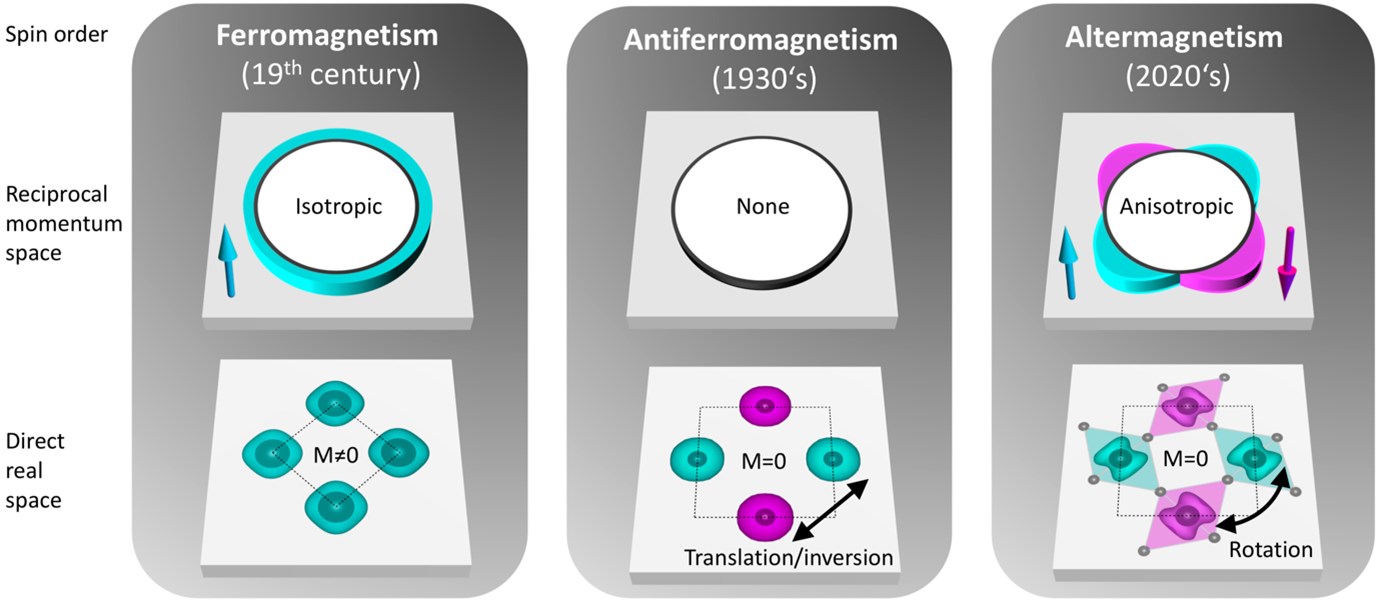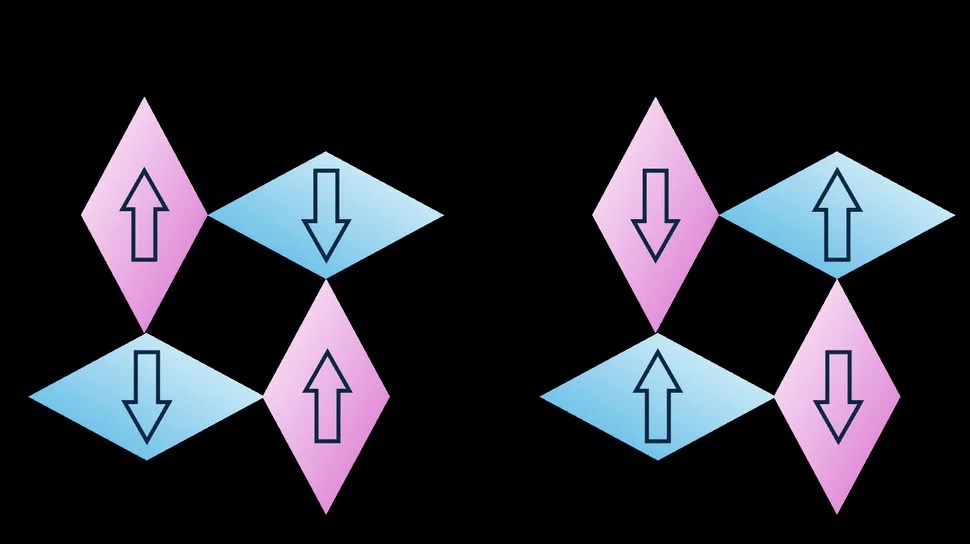See in full size
Third Form of Magnetism: Altermanyetism
Traditionally, magnetism is divided into two main categories: Ferromanyetism ve anti -Romanyetizma. Atomic magnetic moments in ferromagnetic materials (small magnetic fields that can be likened to the compass needle) are aligned in the same direction, while antiiferromagnetic materials are located in the opposite directions.
See in full size
This unimaginable feature looks at the symmetry of forward and backward -moving objects in time. Oliver Amin, one of the researchers, explained this: “For example, gas particles move randomly, collide and fill the environment. When you rewind the time, this behavior does not change and symmetry is preserved.”
See in full size
The research team confirmed its discoveries using the fotoemition electron microscope. Work, Manganese Tellürid (MNTE) showed that a material named after a material was previously thought to be antiferromagnetic.
For a long time, scientists have been looking for a model that would explain the differences of symmetry between magnetism and superconducting. The team, led by Peter Wadley at the University of Nottingham, thinks that this new form of magnetism can help us better understand the basic mechanisms of superconducting.
What will its impact on new generation technologies?
This discovery can revolutionize especially in the spintronic field. Spintronik is a new branch of technology that uses the “spin” properties of electrons instead of traditional electrical charge in electronic devices.
Researchers have managed to create special magnetic structures by processing altermanynetic materials under certain temperature conditions. In particular, creating vortex structures can develop ultra -fast and safe data storage systems in the future.
Scientists think that this new magnetic class can be explored in the coming years and integrated into electronic devices used in daily life. If these studies are successful, altermanynetic materials may be able to break ground in data safety and energy efficiency by providing both high -speed and durable memory solutions.
This news, Our mobile application download and download,
You can read at any time (even offline):





